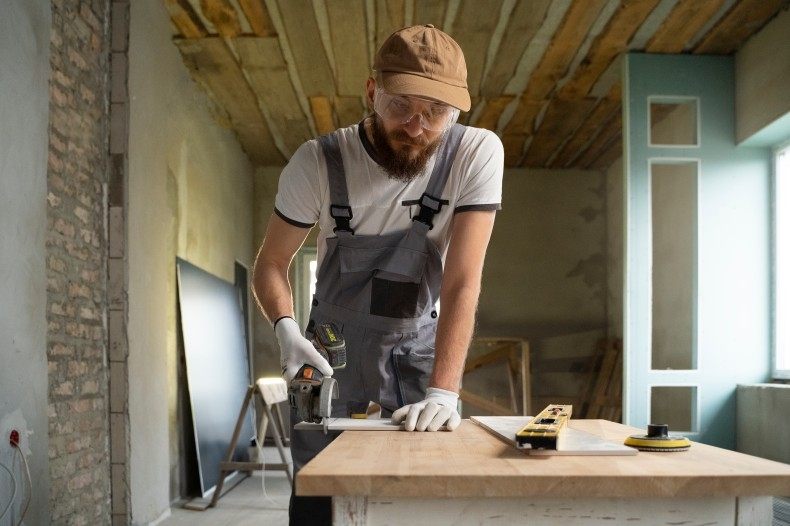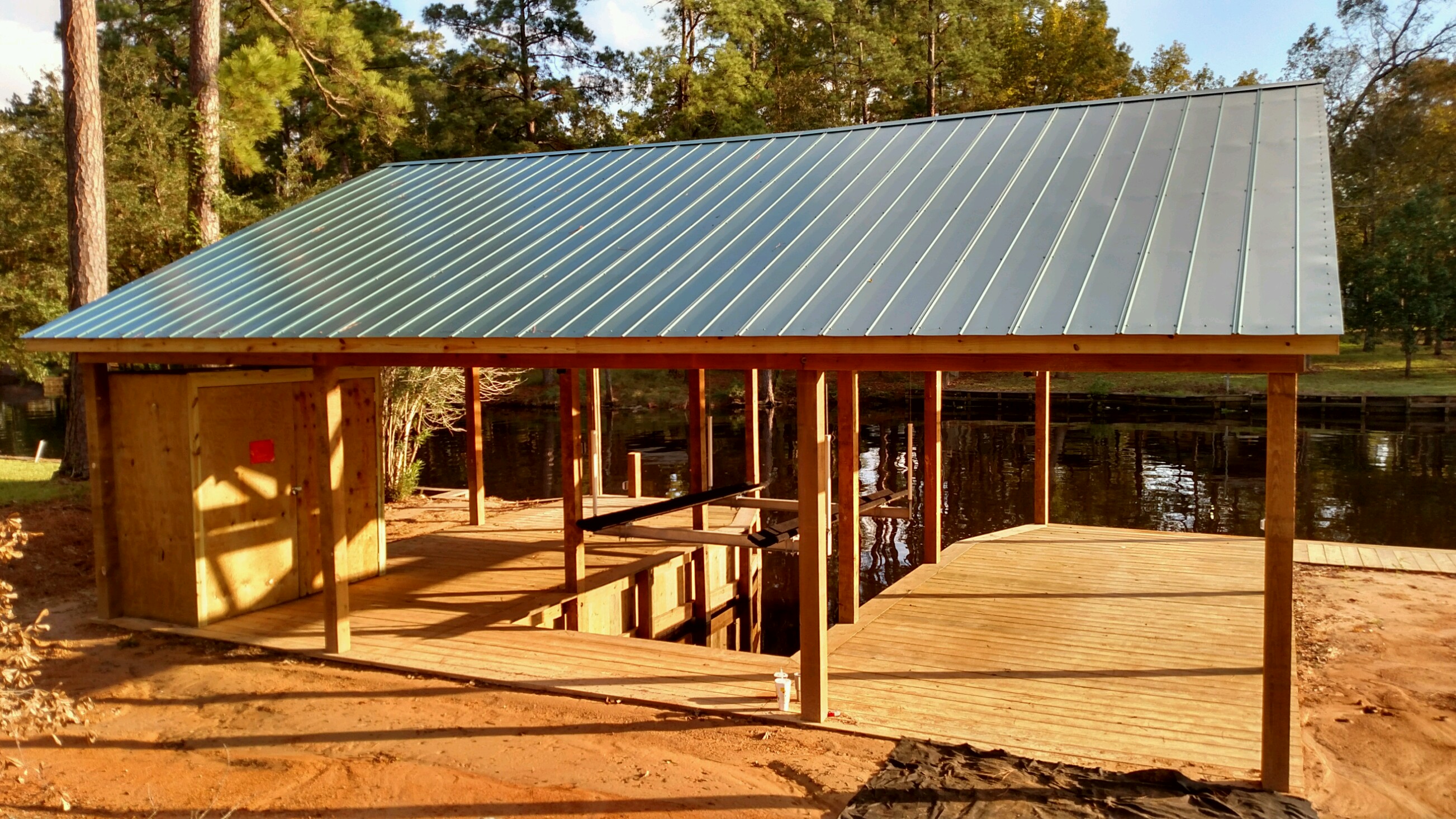How Contractors Deal With Uneven Basement Floors

Strong 8k brings an ultra-HD IPTV experience to your living room and your pocket.
Ever walked into your basement, took one step, and felt like the floor was plotting against your balance? Maybe you’ve noticed furniture leaning slightly or water puddling in one corner. Yeah, uneven basement floors aren’t just a visual bother—they can mess with your entire renovation game.
If you're working with basement finishing contractors, you might be wondering: how do these folks handle a floor that looks more like a topographical map than a foundation?
Let’s get into it.
The Uneven Truth: Why Basement Floors Go Wonky
Before we start talking about fixes, let’s talk about causes. A lot of homeowners are shocked when contractors tell them the floor isn’t level. “But it looked fine!” Sure, until you pull out a level or try laying new flooring.
Some usual suspects:
Foundation settling – Happens over time. Gravity wins.
Poor concrete pours – If the original slab wasn’t poured right, well… trouble’s coming.
Moisture issues – Water can erode, warp, or cause shifts.
Soil movement – Clay-heavy soil underneath? It expands and contracts like a drama queen.
And sometimes? It’s just old age. That basement’s been holding up your house for decades. It deserves some slack… but not too much.
The Contractor’s First Move: Measure Twice, Panic Never
When you bring in basement finishing contractors, their first instinct isn’t to rip up the floor. Nope. It’s to figure out just how bad things are. A laser level or a long straightedge tool does the trick. They'll look for dips, humps, and slopes—some more subtle than others.
Pro tip: even a 1-inch dip over 10 feet can cause major headaches when installing flooring, cabinetry, or walls.
Once they’ve scoped out the problem, it’s time for the battle plan.
Fix #1: Grinding Down the Highs
Got a few raised areas? Contractors may choose to grind them down. This method is fast, relatively affordable, and works well for minor uneven spots.
Is it dusty? Yes. Loud? Absolutely. But effective? Definitely. They’ll bring in diamond grinders or scarifiers—heavy-duty machines that chew through concrete like it’s candy.
It's not glamorous, but hey, it's one way to make things flat without starting from scratch.
Fix #2: Floating the Low Spots
Now, let’s talk dips. Contractors love a good self-leveling compound for these. It’s like pancake batter for your floor—but way stronger and less delicious.
They mix up this concrete-based goo, pour it over the low areas, and let gravity do its thing. It spreads out evenly, fills the gaps, and sets hard.
But hold up—this only works if the floor isn’t too far gone. For major unevenness, self-leveling might not be enough.
Fix #3: Full Subfloor Systems (When Things Get Bad)
When the floor is doing its best impression of a mountain range, your contractor might suggest a full subfloor system.
These systems involve laying down rigid panels or treated wood over a vapor barrier, with built-in leveling mechanisms. Think adjustable legs or shims to even out the surface. It’s a more involved process, but perfect when the original concrete is too damaged or uneven to fix directly.
Bonus: this approach adds insulation and moisture protection too. Win-win.
Fix #4: Jacking and Slab Lifting
This is the heavy artillery. If large parts of the slab have sunken, contractors may recommend mud jacking or polyurethane foam lifting.
They drill small holes into the slab and pump in material underneath to lift it back into place. Sounds like sci-fi, but it works. Fast, minimally invasive, and much cheaper than tearing out the whole floor.
That said, not all basement finishing contractors offer this—it’s often a specialty service. But if you’ve got a severe slope or obvious sinking, it might be the only real fix.
What About Moisture? Always Part of the Conversation
Here’s the thing—if your basement floor is uneven because of water, fixing the slope is just half the job. Contractors will always, always check for moisture issues before sealing the deal.
That means:
Installing sump pumps
Sealing cracks
Waterproofing the foundation walls
Laying vapor barriers under flooring
There’s no point in leveling a floor if water’s going to sneak in and undo all that work.
Flooring Over an Uneven Surface: Mistakes You Don’t Want to Make
Now, some DIY warriors try to install luxury vinyl plank or engineered hardwood without fixing the floor first. Let me stop you right there—don’t.
Even the best flooring can’t hide major imperfections. You’ll end up with creaky spots, gaps, or worse… buckling.
Basement finishing contractors know which flooring works best based on the situation:
Vinyl plank for minor dips
Engineered wood with flexible underlay
Floating laminate (only after leveling!)
Epoxy or polished concrete for a sleek, level look
They'll also recommend against certain options if your floor is prone to moisture. Carpet in a damp basement? That’s a nope.
What It Costs: Budget Talk (Because It Matters)
Let’s be real. Fixing uneven basement floors isn’t always cheap—but it's almost always necessary. Costs vary a lot depending on:
How uneven the floor is
What solution is chosen
Size of the basement
Whether waterproofing is needed
A simple grind-and-level job might run you $2–4 per square foot. More complex systems or slab jacking? Think $7–15 per square foot or more.
But here’s the upside: once it’s done, your finished basement will look (and feel) a thousand times better.
Final Thoughts: It’s All About the Foundation
Look, uneven basement floors are a pain. They slow down your plans, add costs, and can be a red flag for bigger issues. But that’s exactly why it pays to bring in experienced basement finishing contractors who’ve seen it all.
They realize a way to spot a problem before it becomes a disaster. They’ll have the tools, the tricks, and the real-global experience to restore it right—whether it’s a quick patch or a total transformation.
So don’t panic if your basement floor seems extra like a ski slope than a basis. With the proper help, you’ll be standing on a stable floor in no time.
And hello—whilst you're sipping espresso in your comfortable, completed basement? You may not even recall the wobble.
Note: IndiBlogHub features both user-submitted and editorial content. We do not verify third-party contributions. Read our Disclaimer and Privacy Policyfor details.



